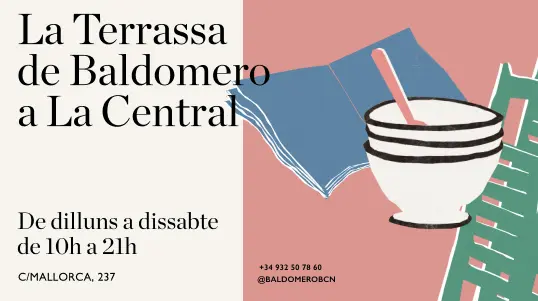Building-in-time from Giotto to Alberti and Modern Oblivion

Building-in-time from Giotto to Alberti and Modern Oblivion
Sense existències ara
Rep-lo a casa en una setmana per Missatger o Eco Enviament*Sobre el libro Building-in-time from Giotto to Alberti and Modern Oblivion de Marvin Trachtenberg publicado por Yale University Press al 2010:
This ambitious book is about a way of building that for centuries dominated the making of monumental architecture – yet now not only is it lost as practice, but knowledge of its very existence is consigned to oblivion. In pre-modern Europe, the architect built not just with imagination, brick and mortar, but with time, using vast quantities of duration to erect monumental buildings that otherwise would have been impossible. Not mere medieval muddling-through, this entailed a sophisticated set of norms and practices. Virtually all the great cathedrals of France and the rest of Europe were built under this regime, here given the name ‘Building-in-Time’. In particular, the major works of pre-modern Italy, from the Pisa cathedral group to the cathedrals of Milan,Venice and Siena, and from the monuments of fourteenth-century Florence to the new St Peter’s – the apotheosis of the practice – are thus cast in an entirely new light.Altres llibres de Marvin Trachtenberg
El llibre Building-in-time from Giotto to Alberti and Modern Oblivion de Marvin Trachtenberg pertany a la matèria
Veure altres ressenyes de Arquitectura
Ressenya
Benjamin Moser
Sontag. Vida y obra
Plagada de todo tipo de detalles -algunos, incluso, un tanto escabrosos-, la biografía de Moser aspira a dar respuesta a todas las posibles preguntas que puedan surgir en torno a la figura de Sonta...

Ressenya
Anna Banti
Artemisia
No es fácil ser mujer en un mundo de hombres por eso resulta tan fascinante la figura de Artemisia Gentileschi. Al margen de toda tutela masculina, consiguió hacerse un hueco en un ámbito considera...

Ressenya
Peio H. Riaño
Las invisibles. ¿Por qué el Museo del Prado ignora a las mujeres?
“Un día lo ves. No están”. Peio H. Riaño comienza este ensayo relatando el momento en que lo invisible se le hizo evidente. El autor nos invita a un recorrido por el Museo del Prado en el que, t...










